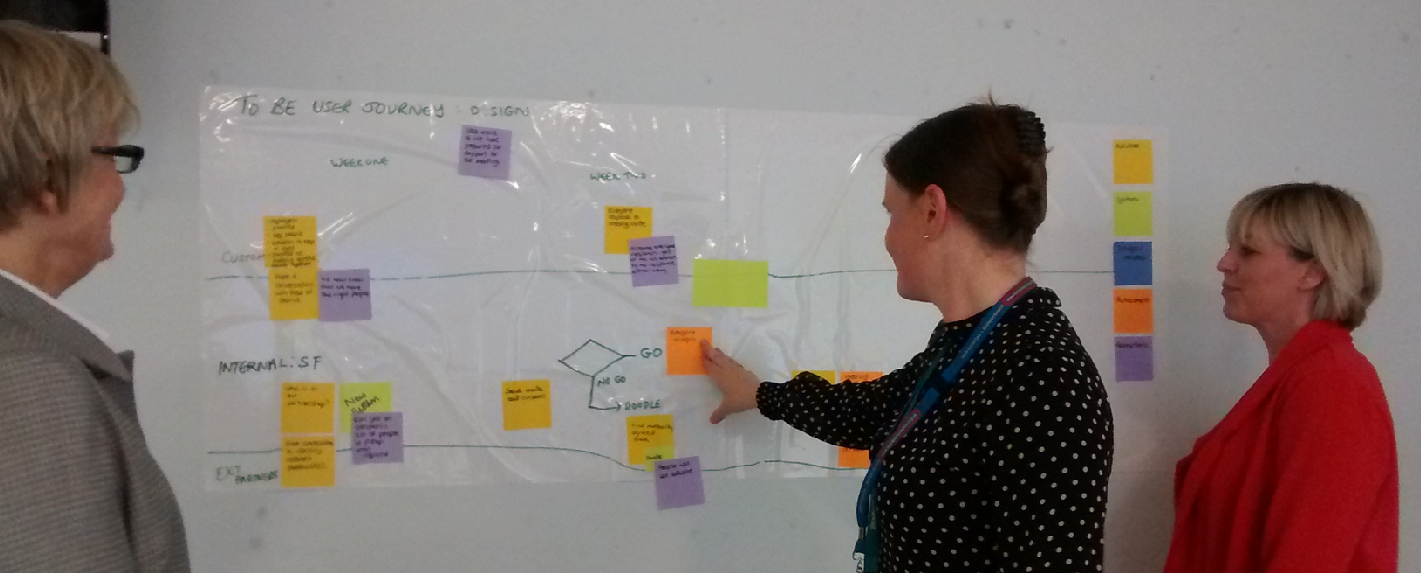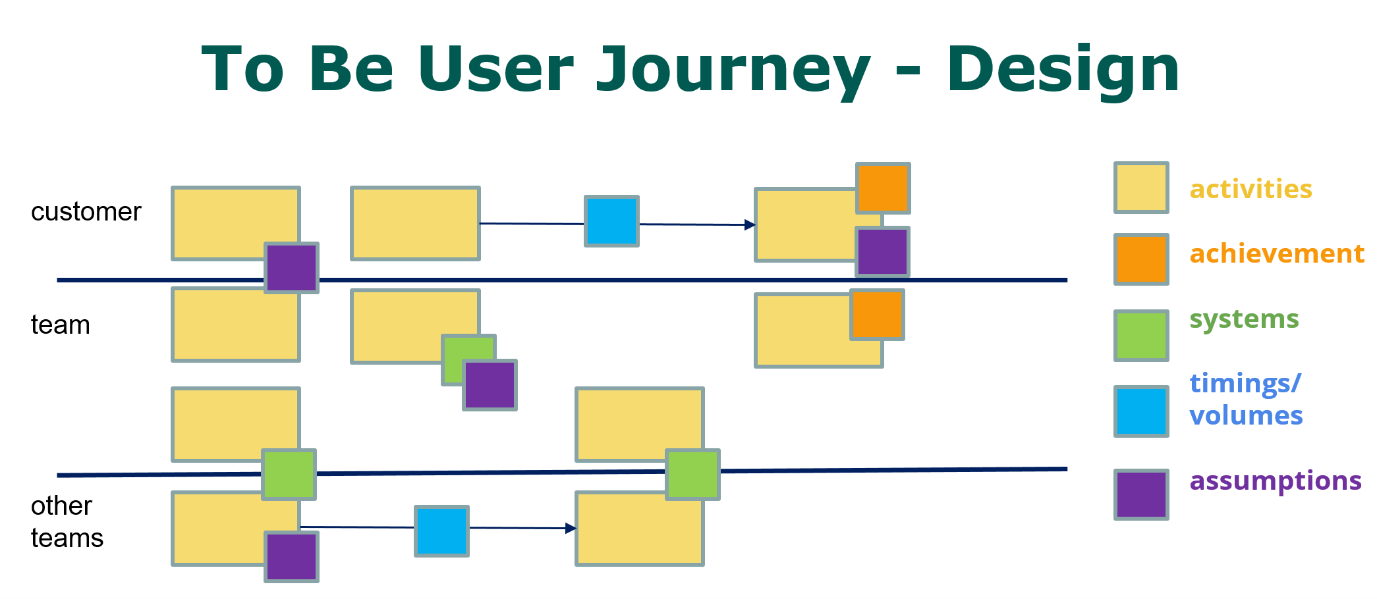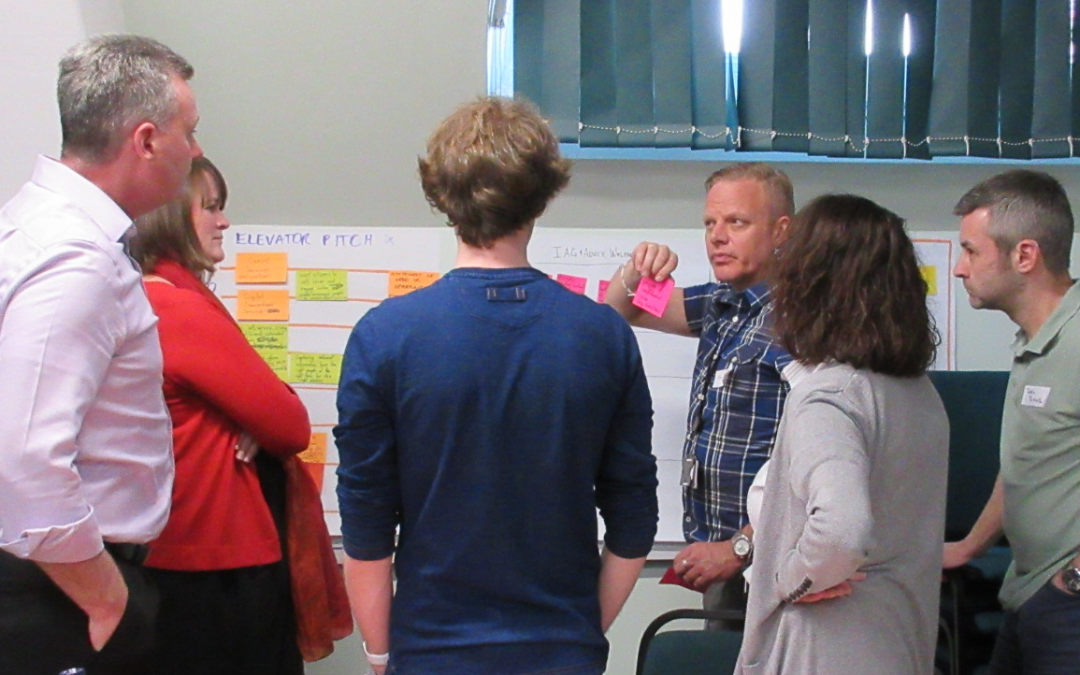This week’s blog on speeding up the pace of change and building resilience to change through a methodology incorporating agile has been written by Becky Thorn of ThoughtWorks:
Facilitating Change
How do you facilitate change? How do you facilitate in a way that includes a whole range of people’s experiences and opinions? How do you facilitate so you are creating change ‘with’ others and not doing change ‘to’ others? One answer is collaboration!
We have been looking at a series of methods and techniques which can be used by anyone – not just the software development teams – to collaboratively create change with teams which includes a focus on customers and quickly gets to conclusions and drives out actions.
Stockport Council Change Toolkit
The result is the Stockport Council Change Toolkit – which is a forever work-in-progress, a pot in which teams can share methods and techniques which work for them – whether they are learned through agile software development or social care’s restorative practice or from anywhere – as long as they work!

Example: User Journey Maps
Purpose: to improve a process involving citizens, internal staff and external partners
Why does this work? A collaborative session involving people who are part of the process day-to-day enables a shared understanding about what the process is, what works and what is causing problems. It’s a way to objectively discuss these problems and understand where along the process they are caused.
You can then do another map on what an improved journey would look like and out of that generate actions for what needs to change. It takes about 2 hours to do one map which is much quicker than having individual meetings and trying to resolve conflicts bilaterally.
The challenge is getting everyone in a room at the same time – but generally feedback is positive when people see that this creates tangible change that everyone gets a say in. Plus we remember to think of the citizen and you can clearly see how improving an internal process can have a positive impact on the citizen’s experience.

Validating assumptions
If you also identify assumptions within your ‘to be’ user journey, you recognise where the ideas need validating. From this, you can create a list of things to investigate, call these actions. For example, we may assume that our improved self-assess tool on the website will be used by citizens – but this is a big assumption. Maybe it takes too long, or doesn’t give useful information. This could be investigated cheaply with some user testing of a prototype before the effort of building the full tool.
We can also investigate our assumptions with internal staff and external partners. For example, we want to change our fortnightly 2 hour meeting with 20 external partners to a 15 minute video conference every other day. Let’s try it a couple of times with 5 partners who will give us good feedback. This gives an opportunity to improve it before rolling it out or to decide ‘this isn’t going to work!’
Trial with Services
Over the last two months we have quickly developed the tool kit and started to try it out with some of the team leads in Stockport Family’s MASSH team (Multi-Agency Safeguarding and Support Hub). We’ve carried out 4 half days training on facilitating using the toolkit then they’ve been trying out the methods with the MASSH team.
The result was a really fast collaborative session on the MASSH Front Door process. They’ve also looked at how improvements could be made and by getting the process up on the wall in their team area this has led to lots of conversations and ideas. Some of the feedback received: “Proved we have a shared goal.” “Useful session – more for us to contribute to going forward.” “Made me think about how we can improve.”
The Stockport Council Change Toolkit is available on the Council’s intranet. Please do have a look through. If you would like to discuss how this can work for you or have any questions, or if you are an external Partner and would like a copy of the Toolkit please email the Digital by Design team.

